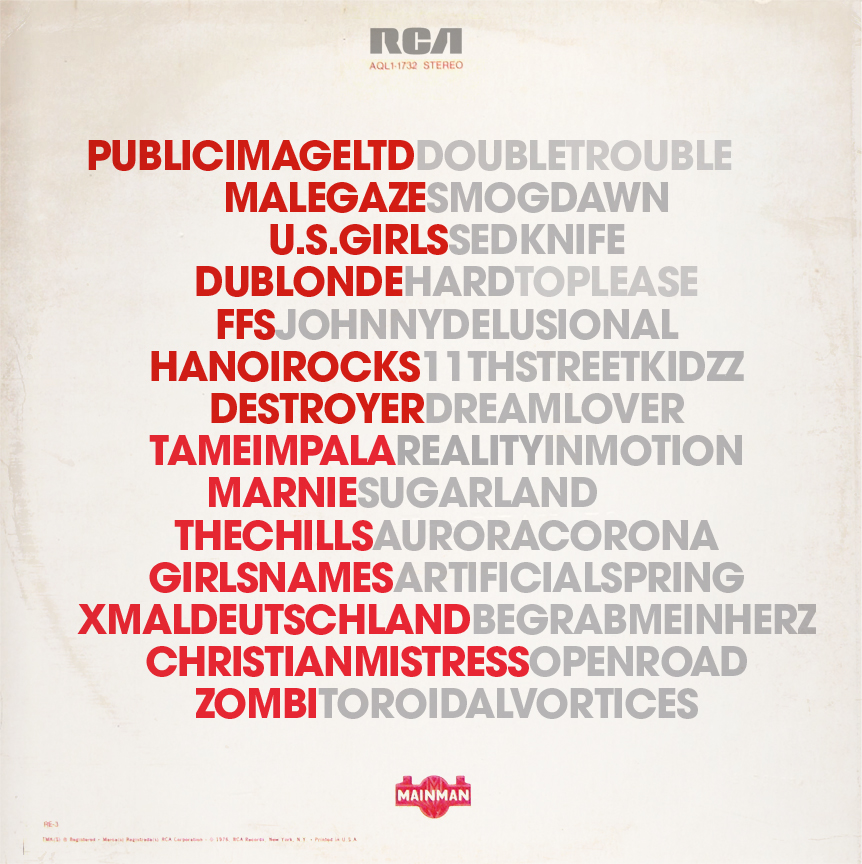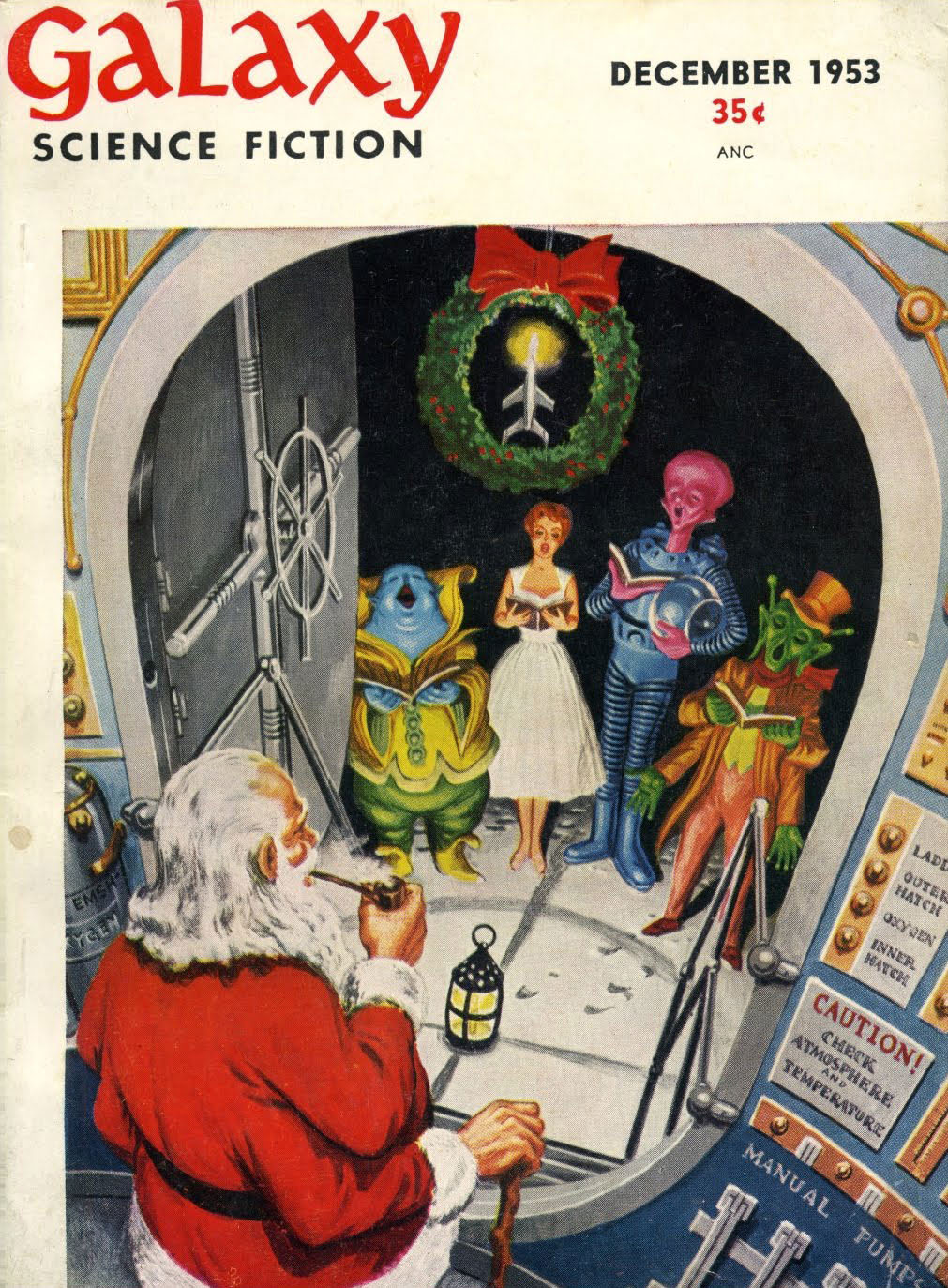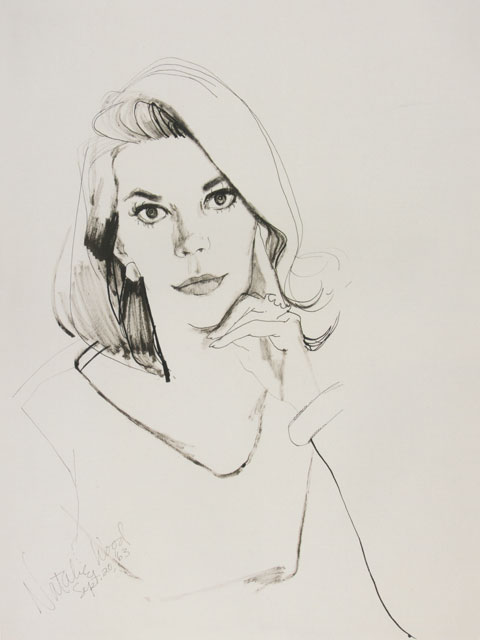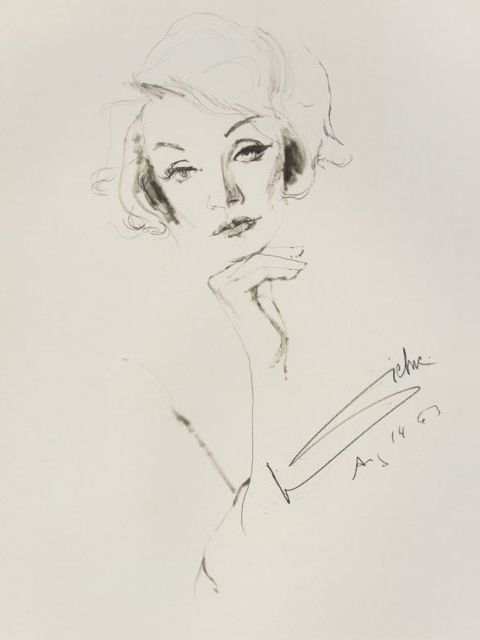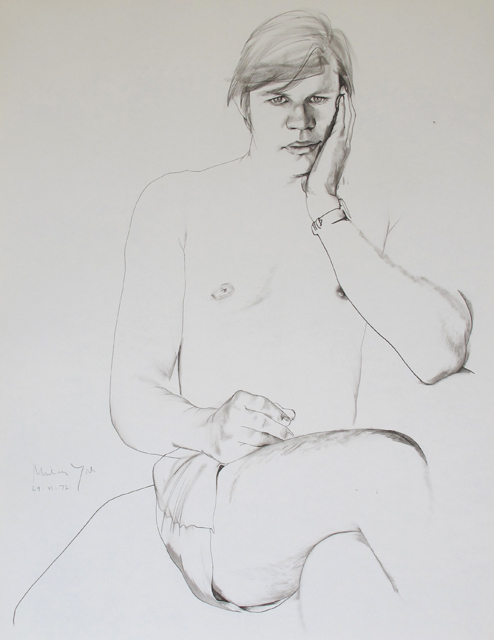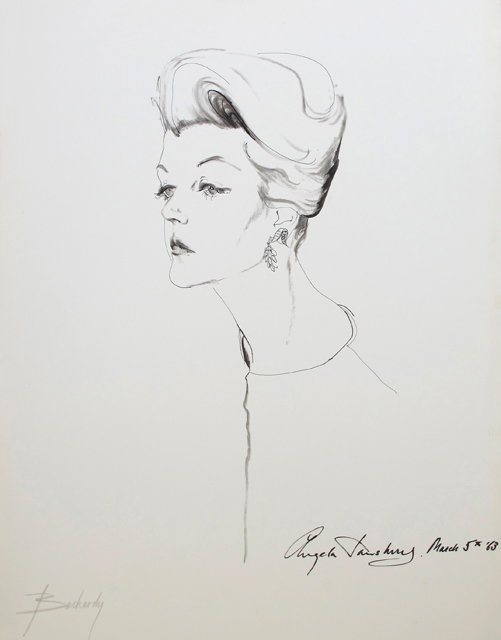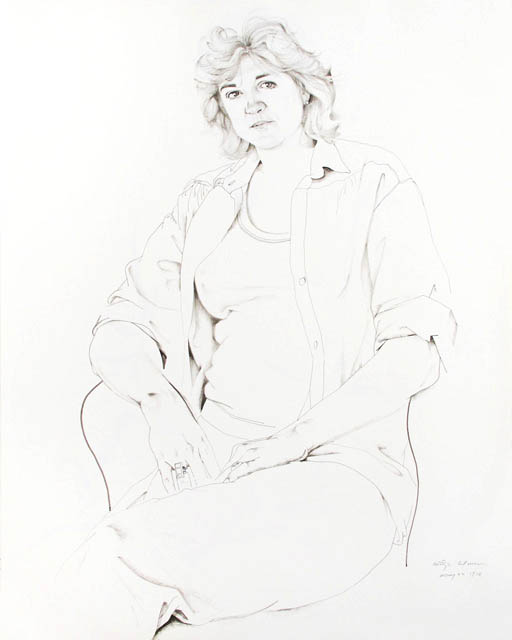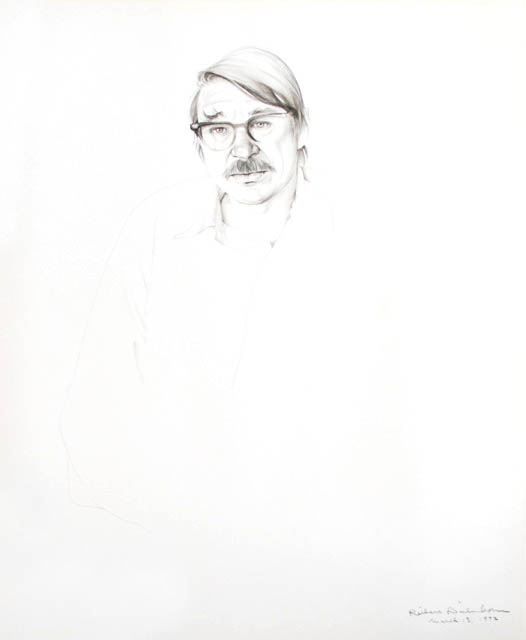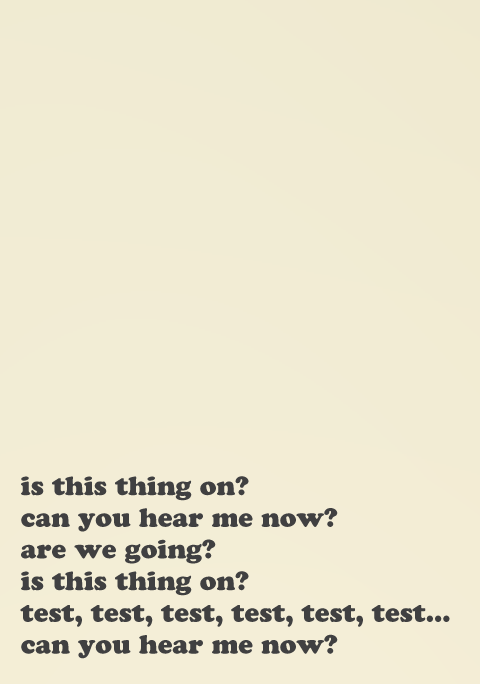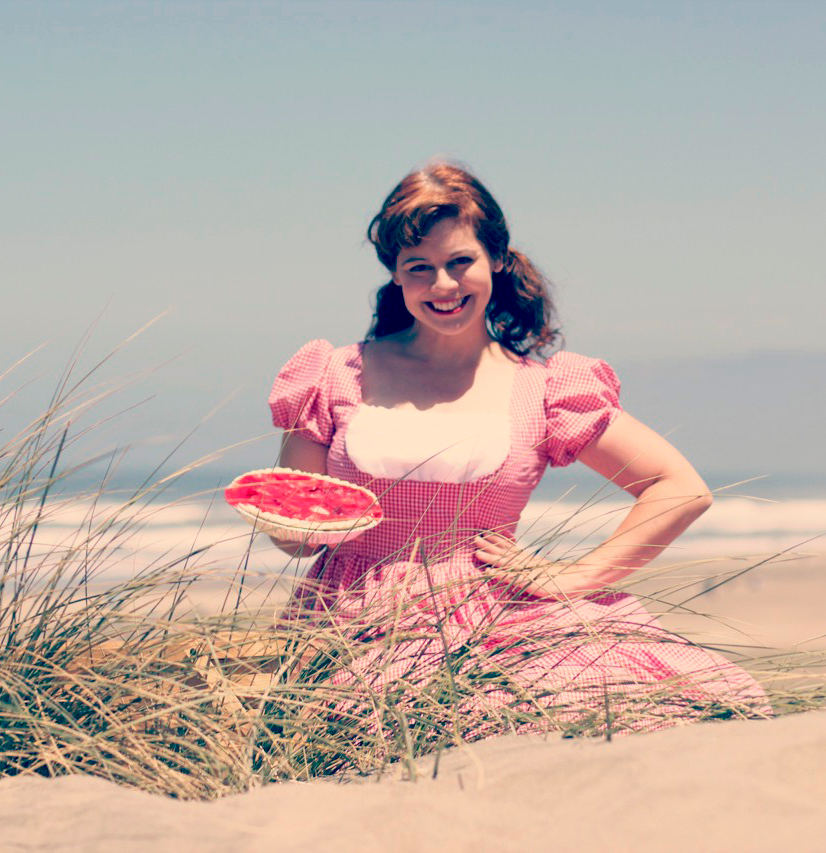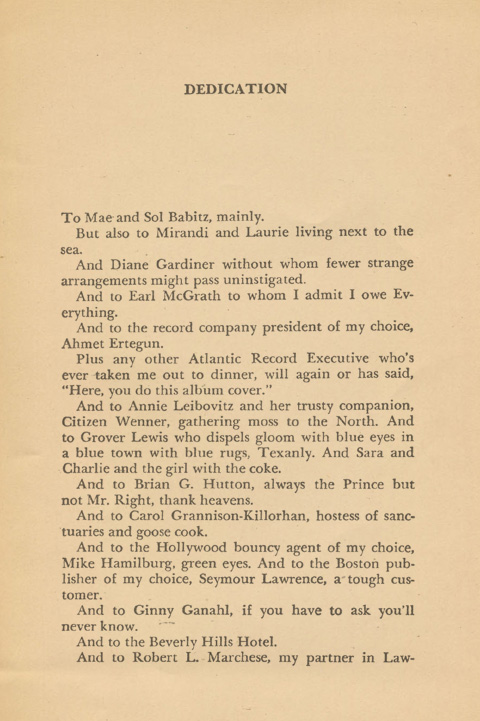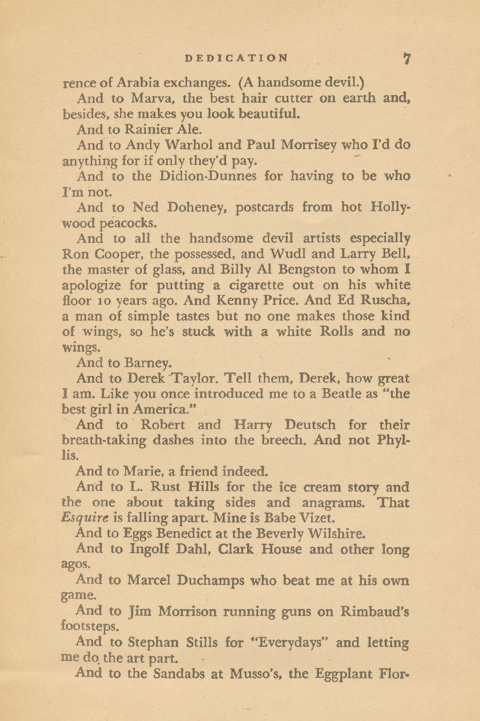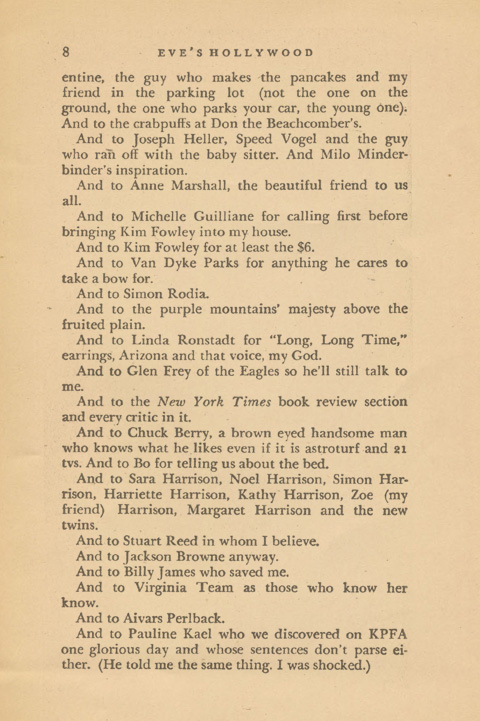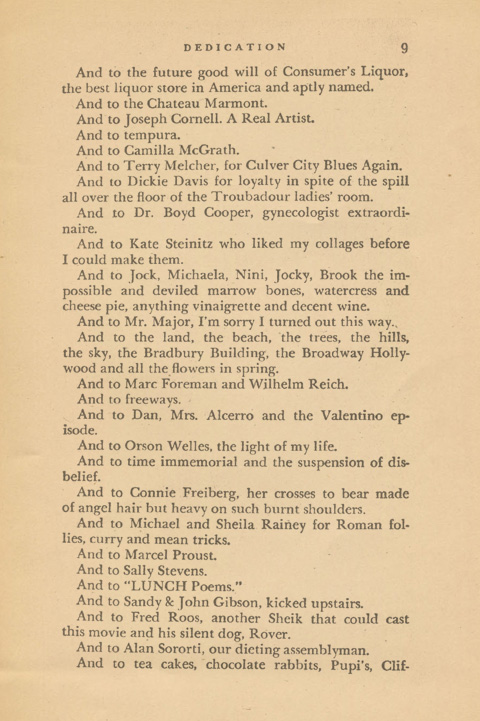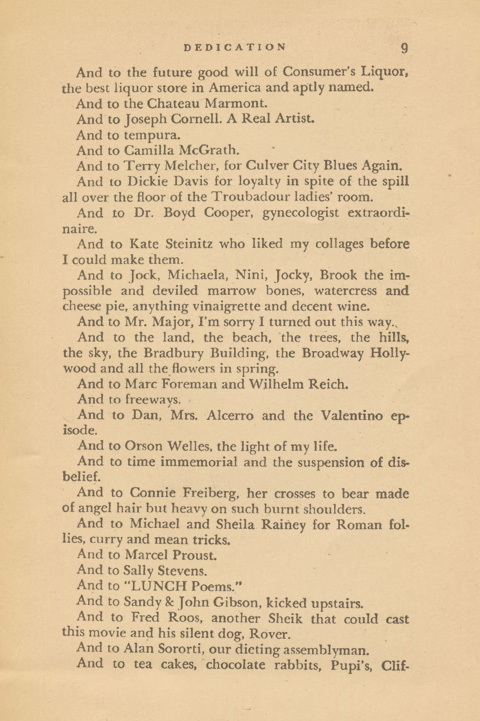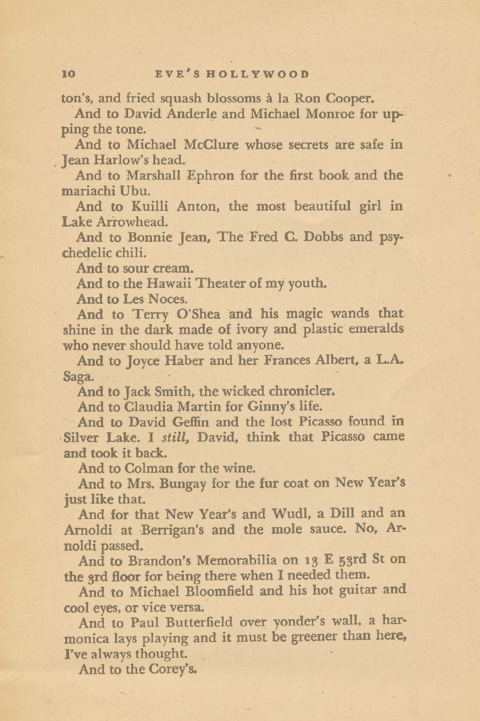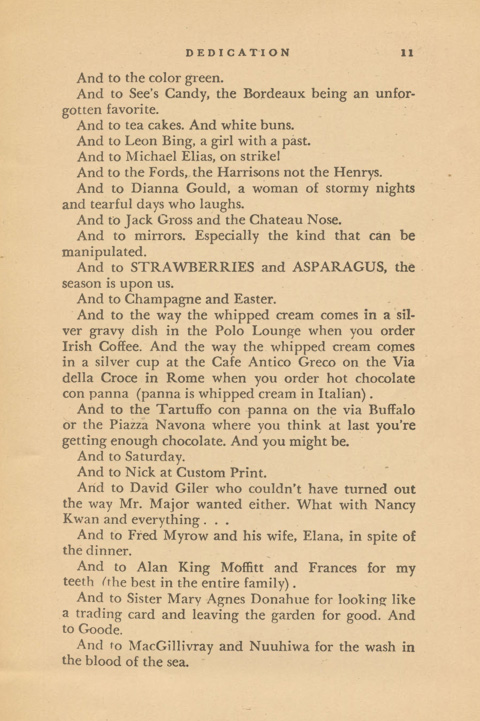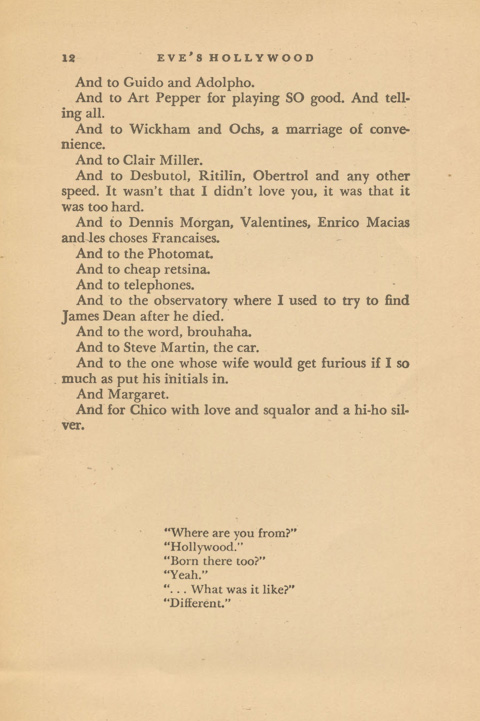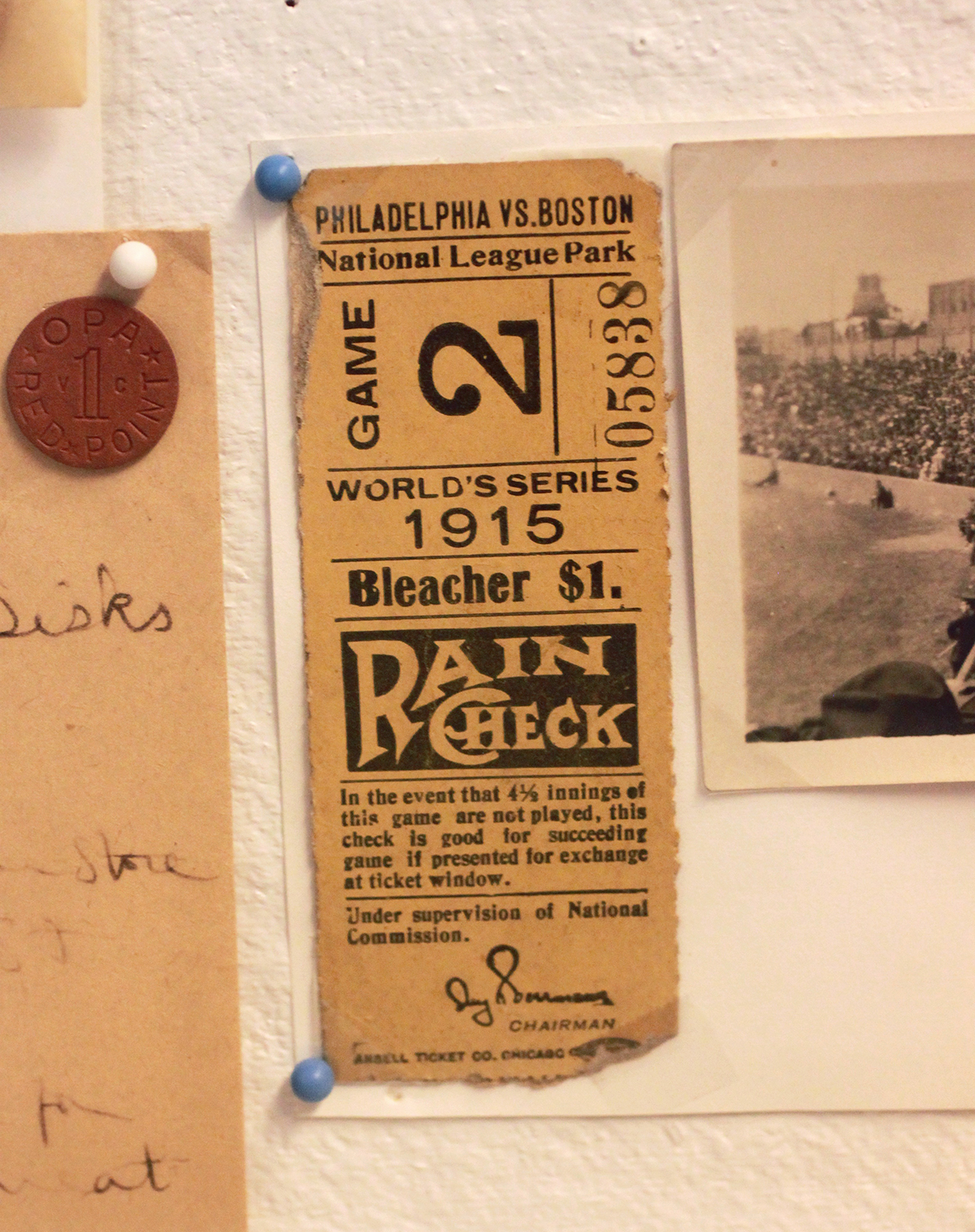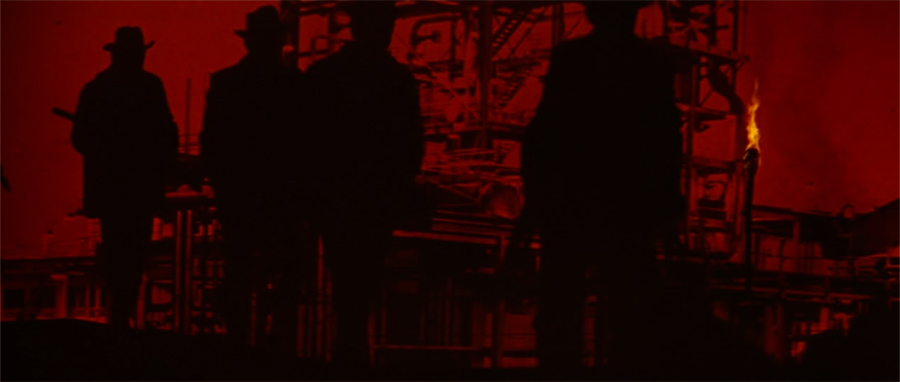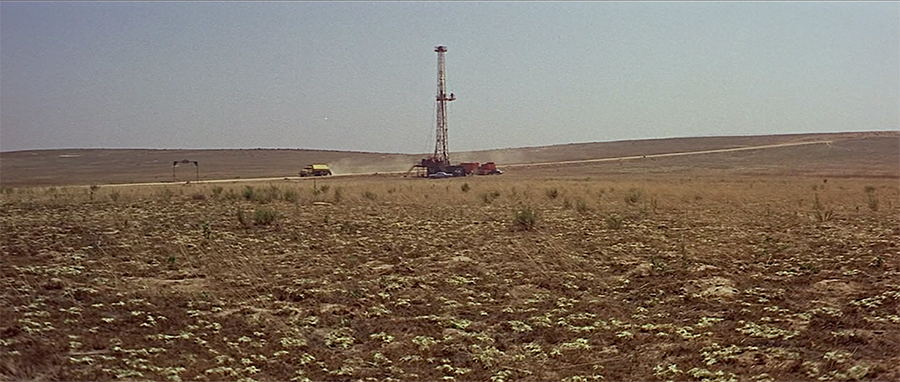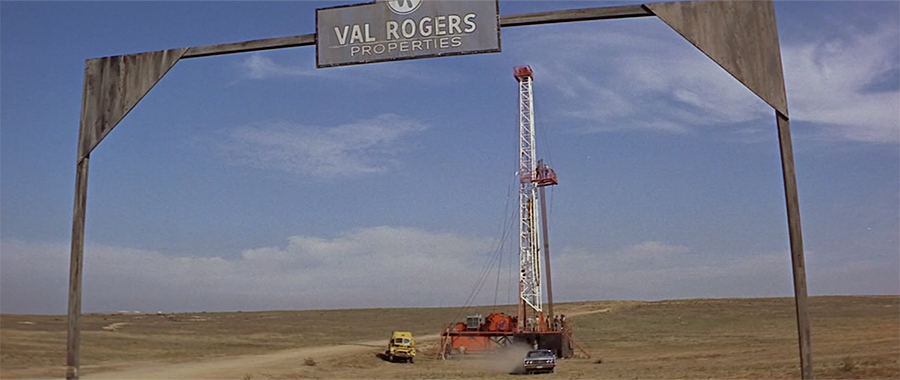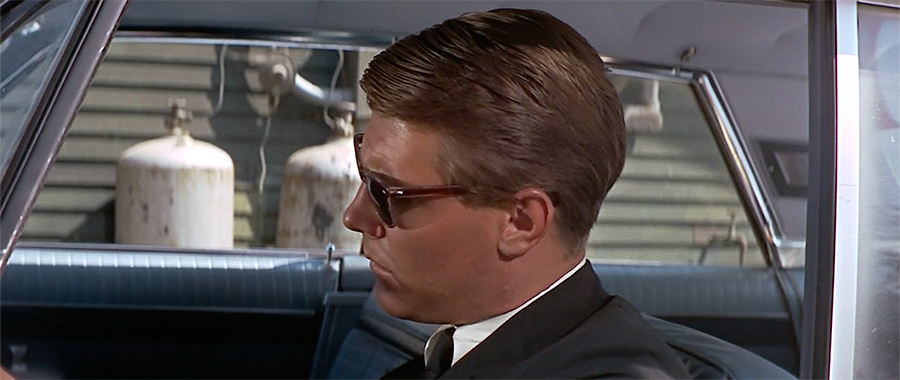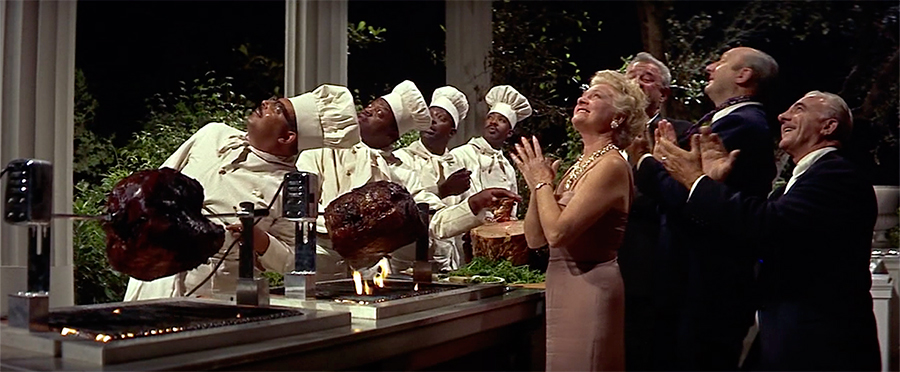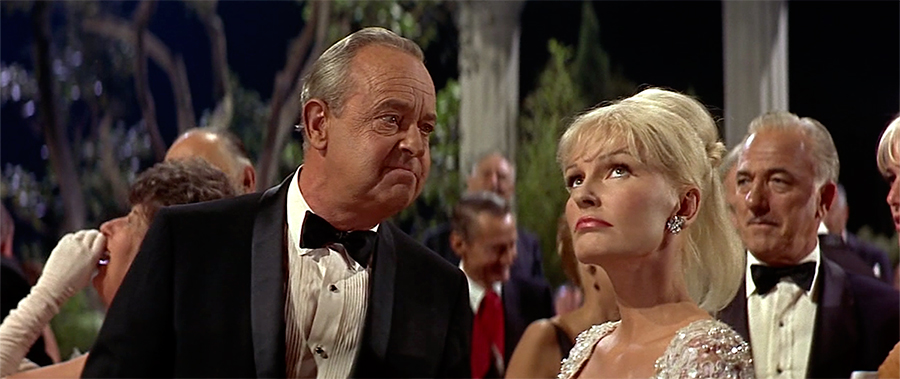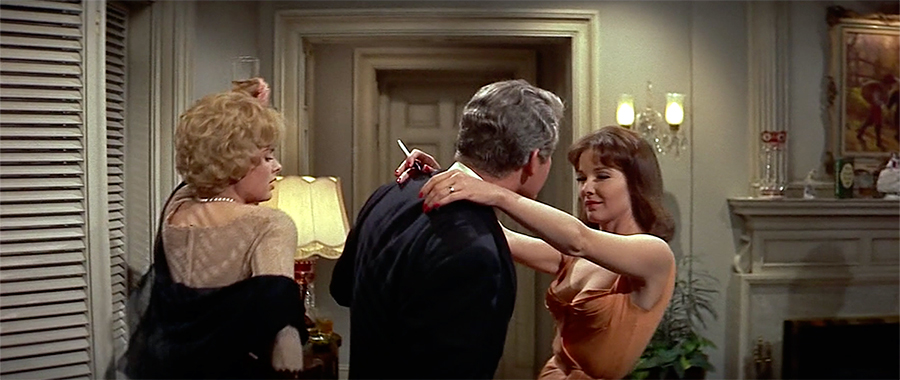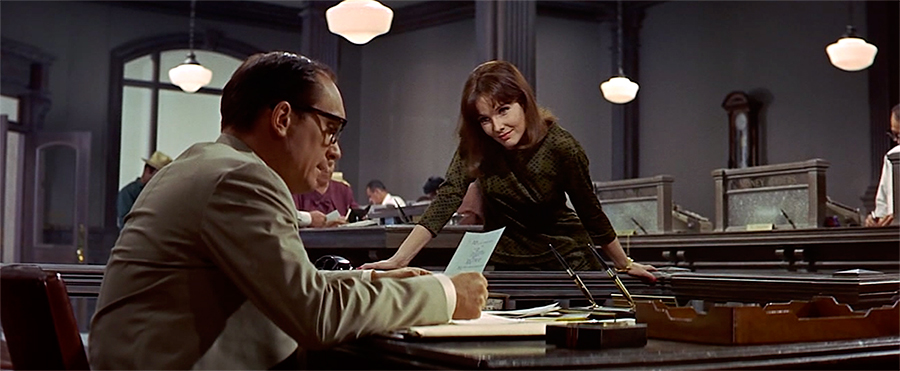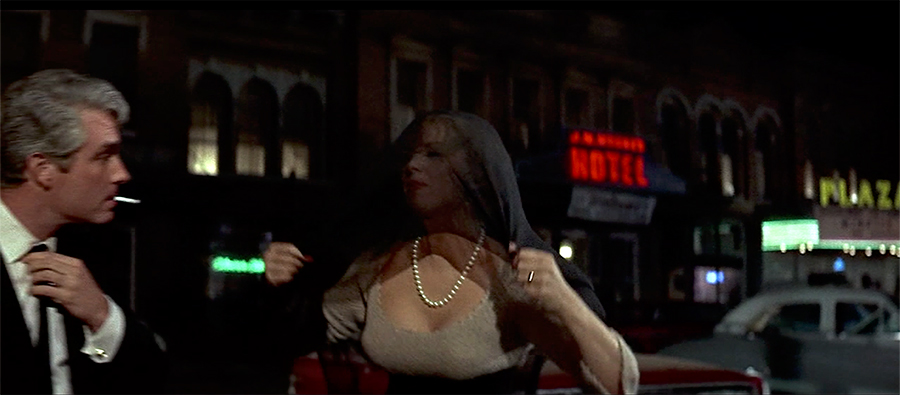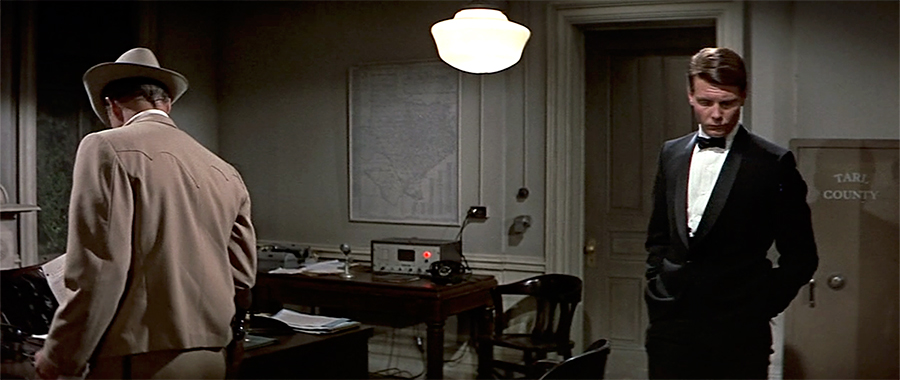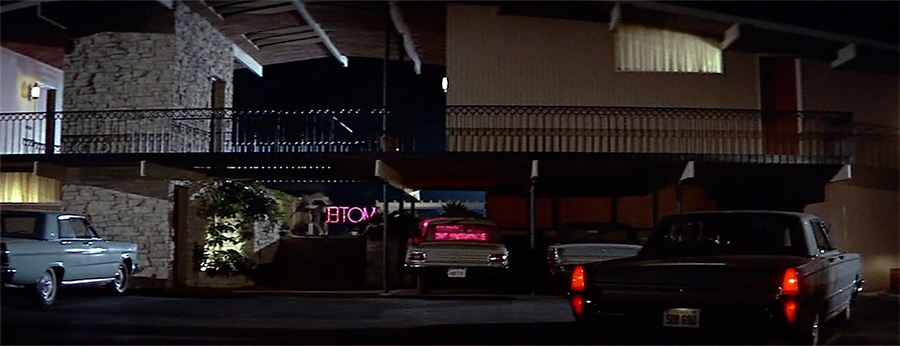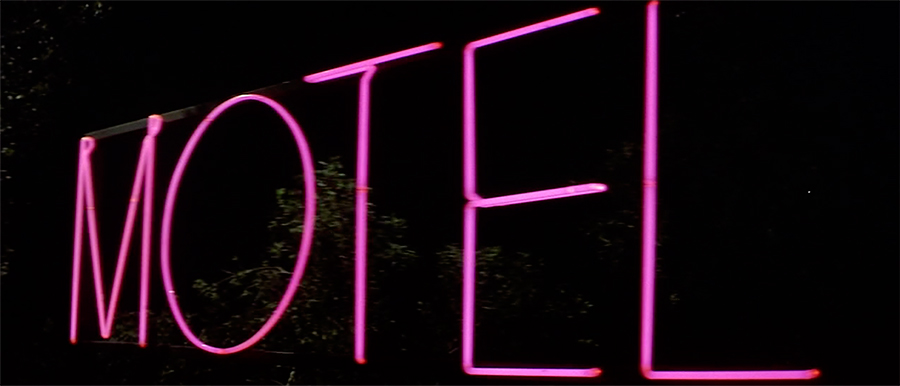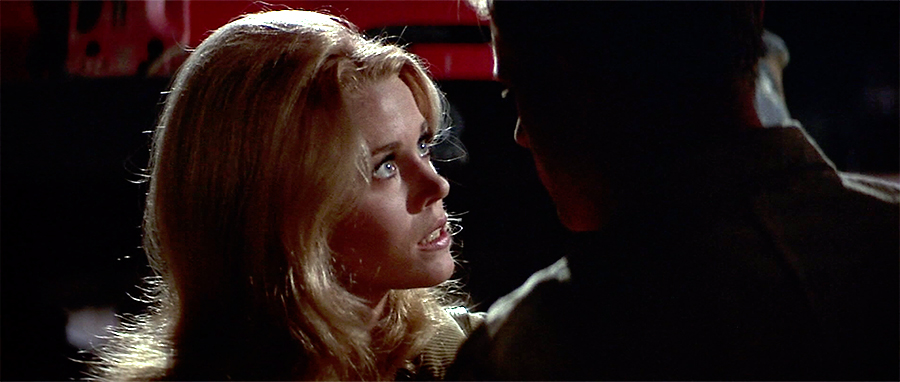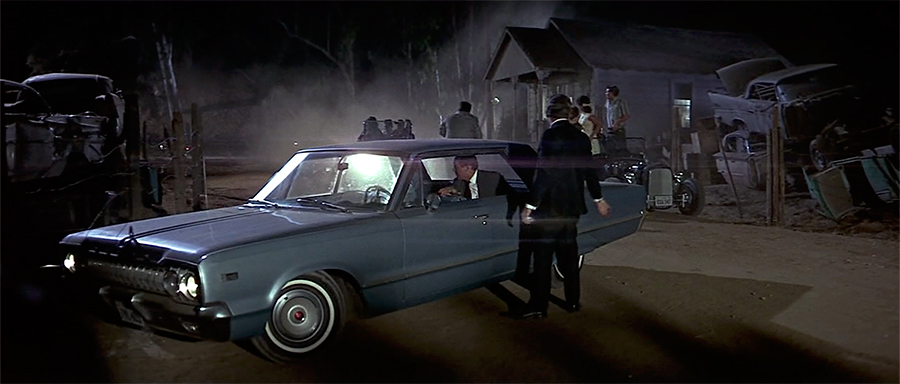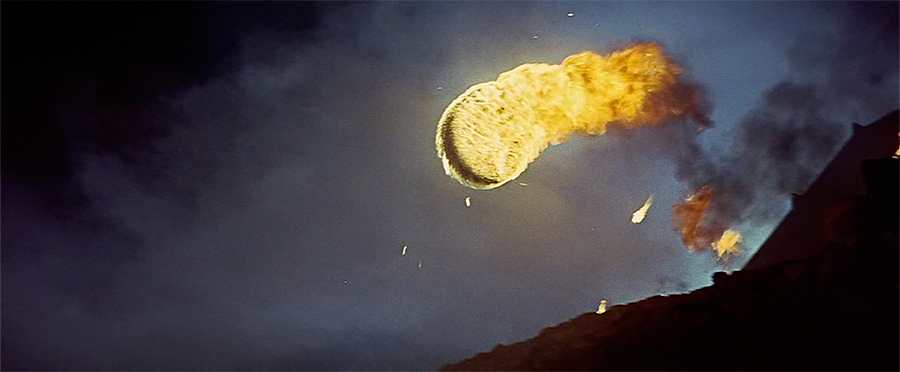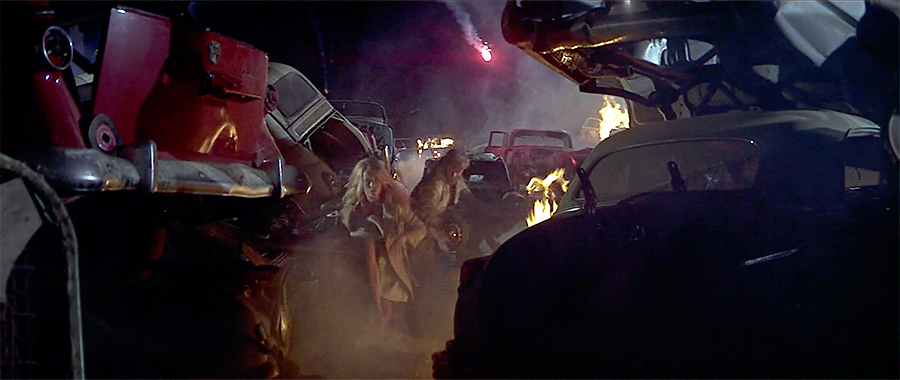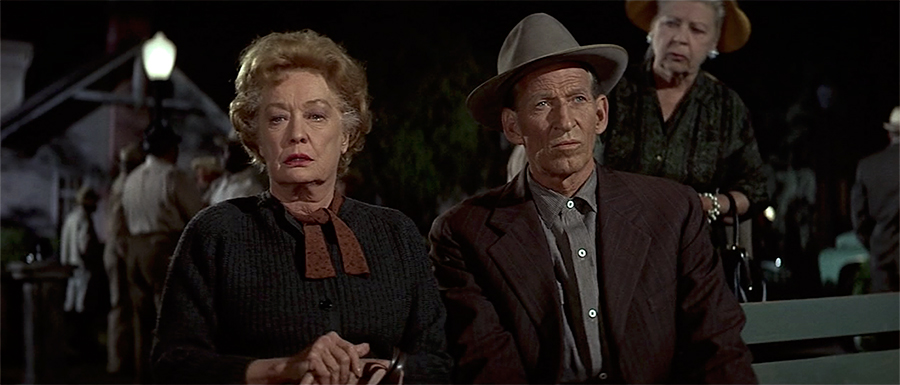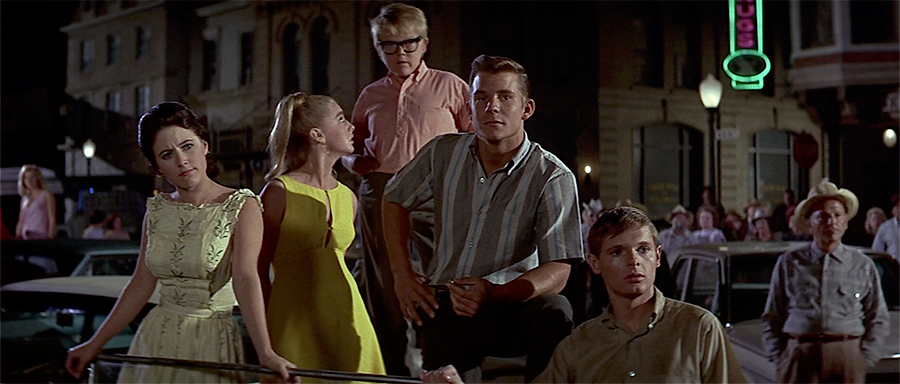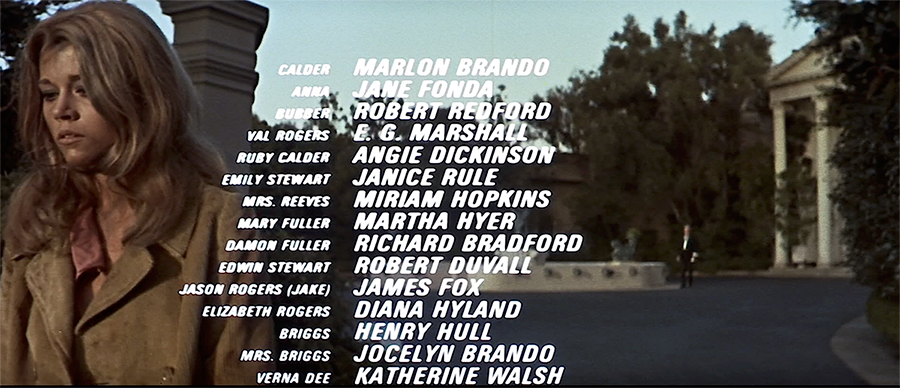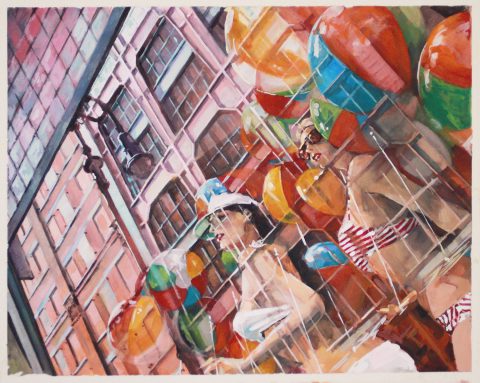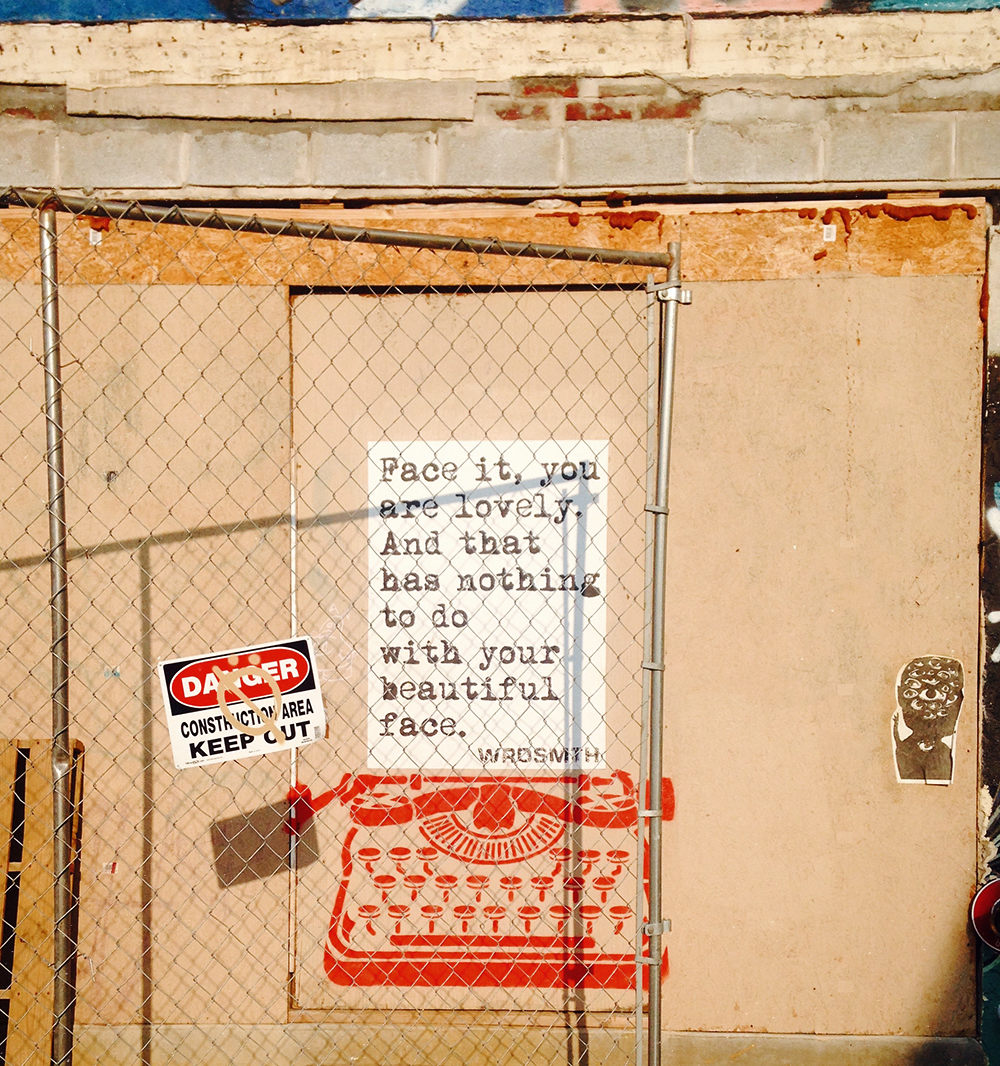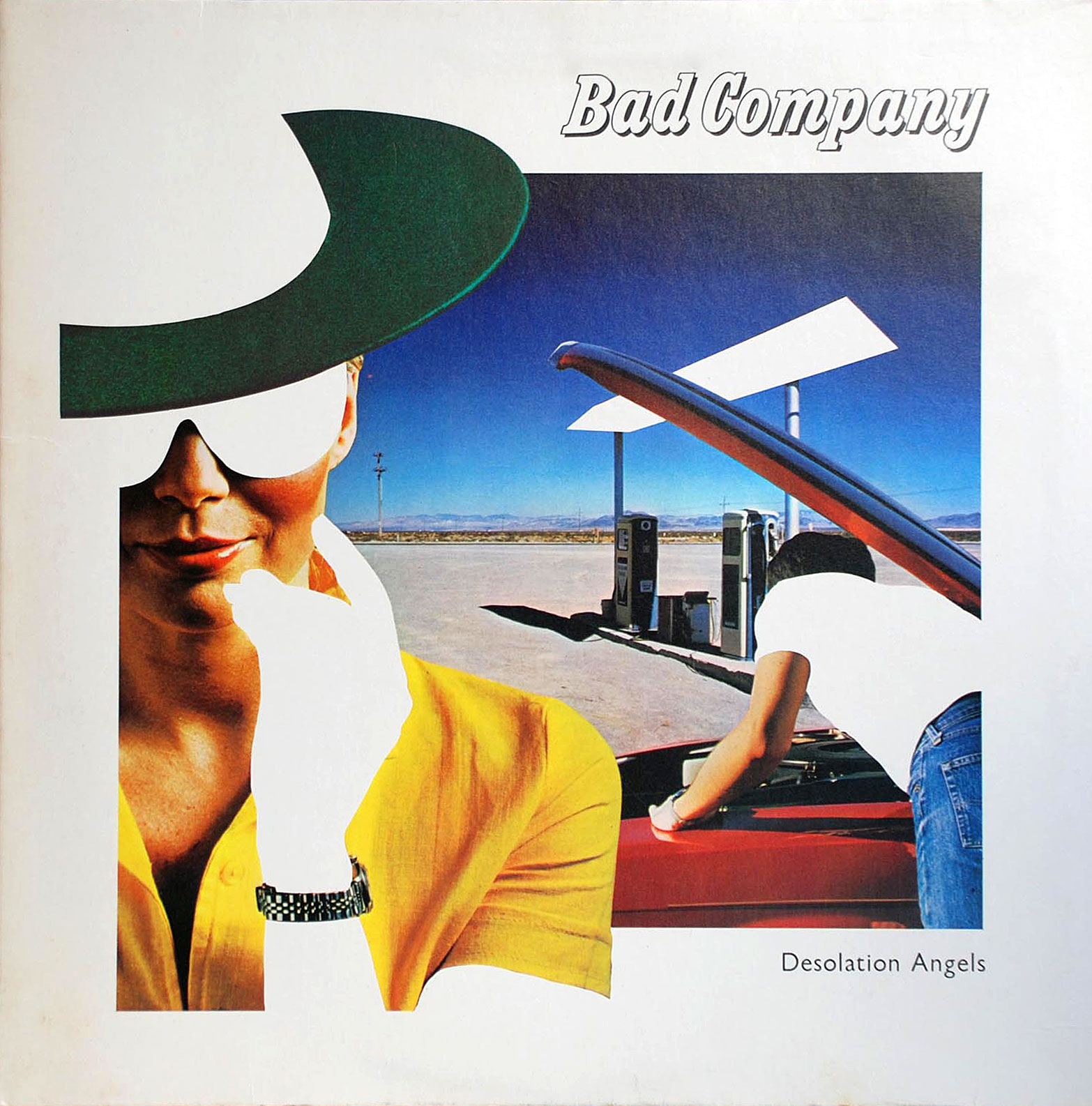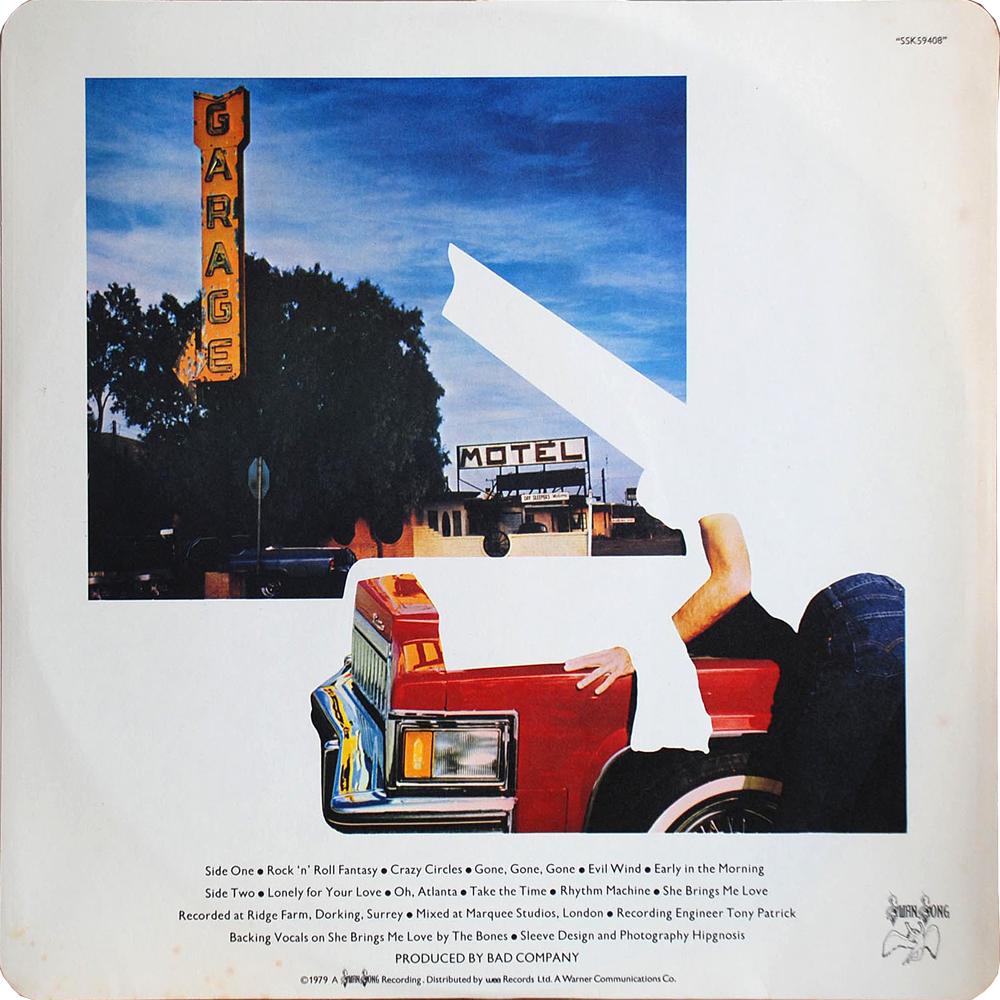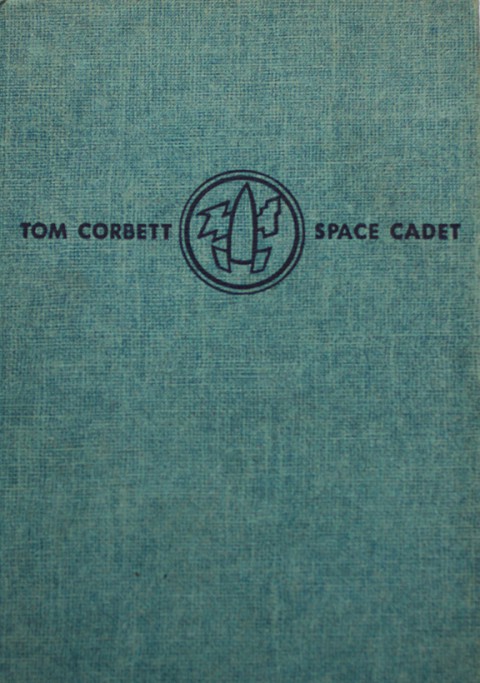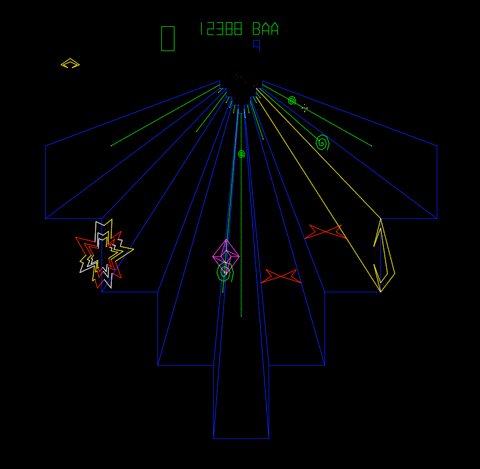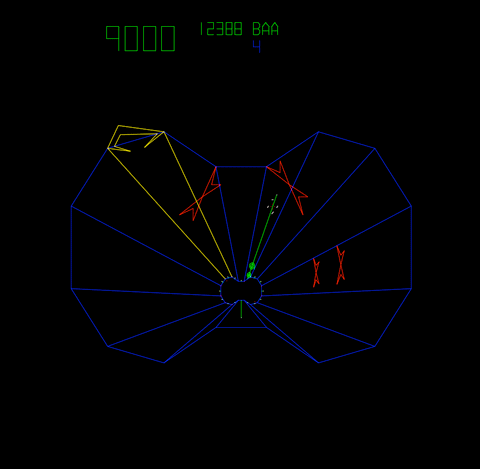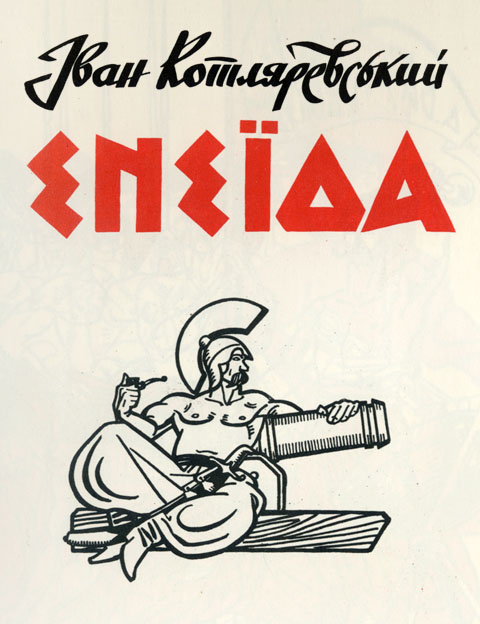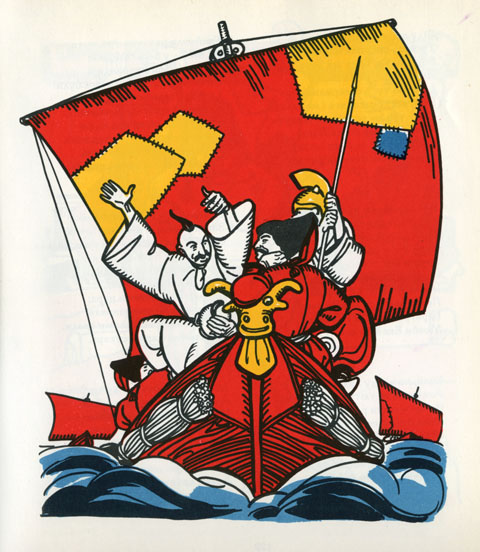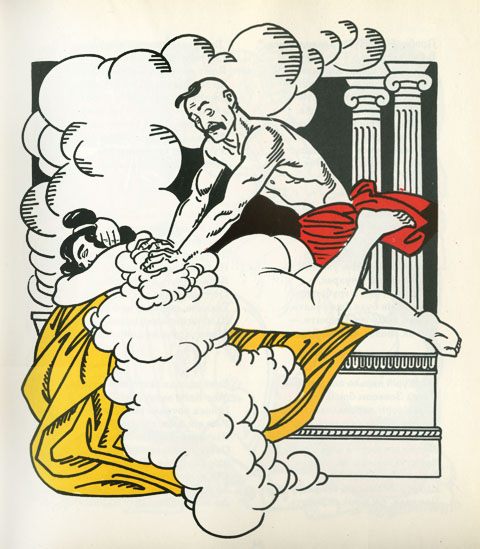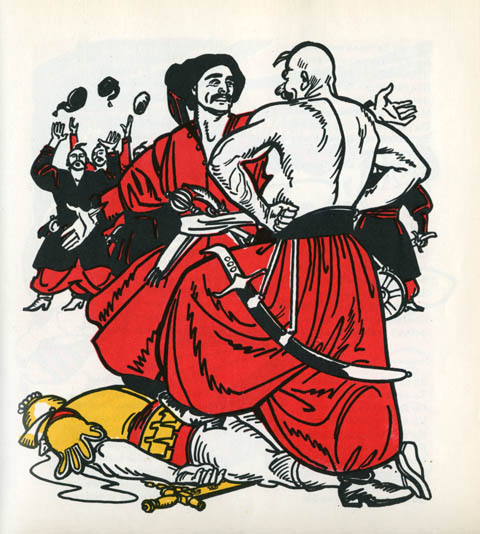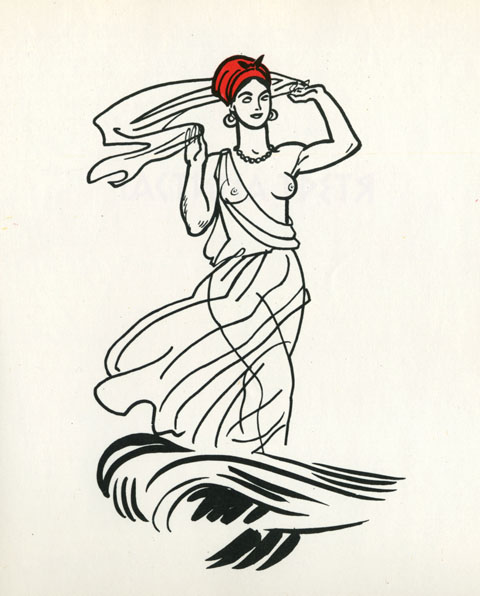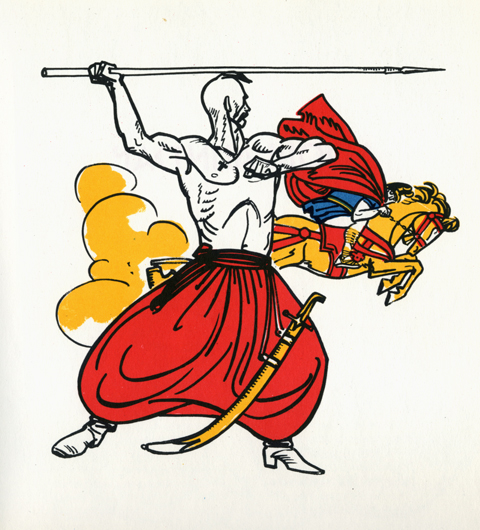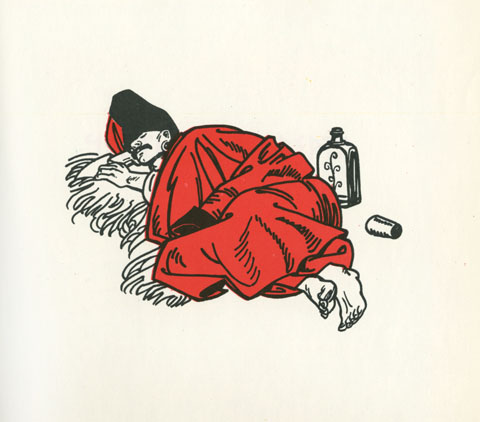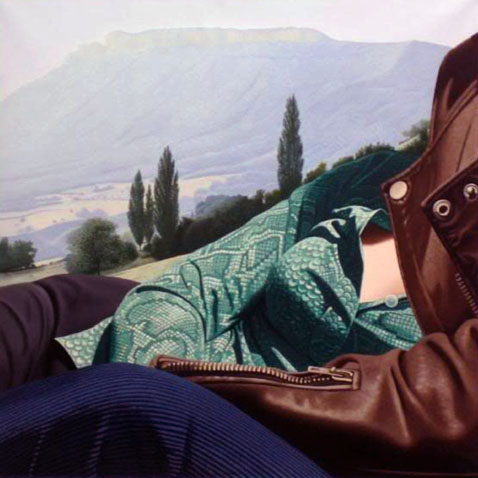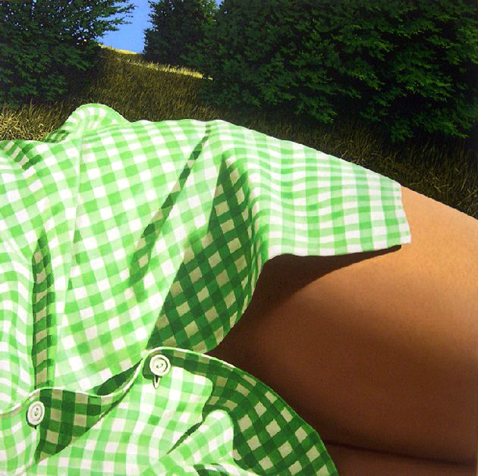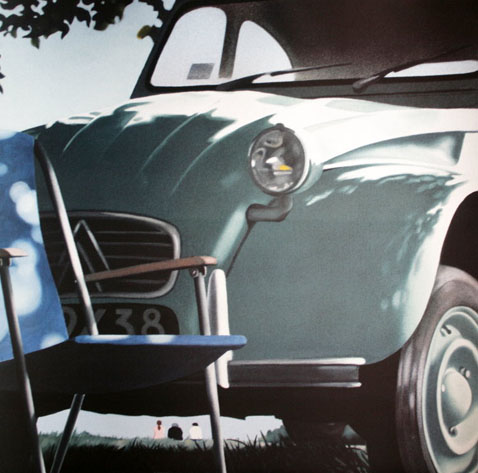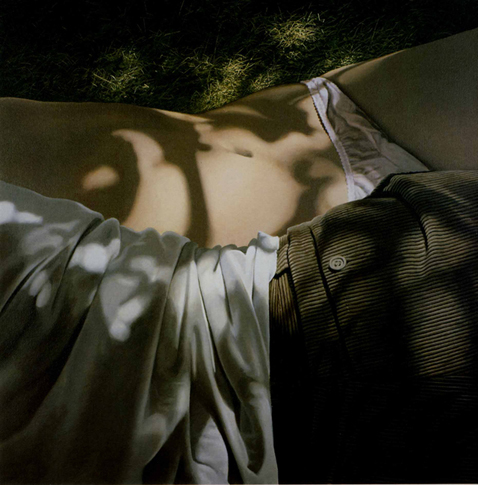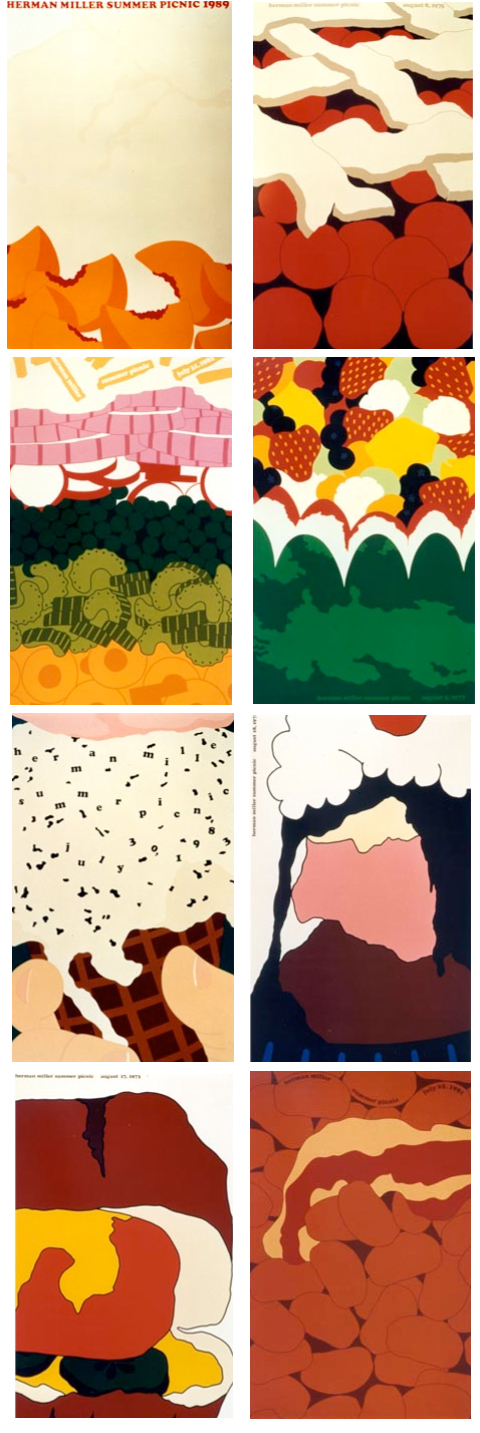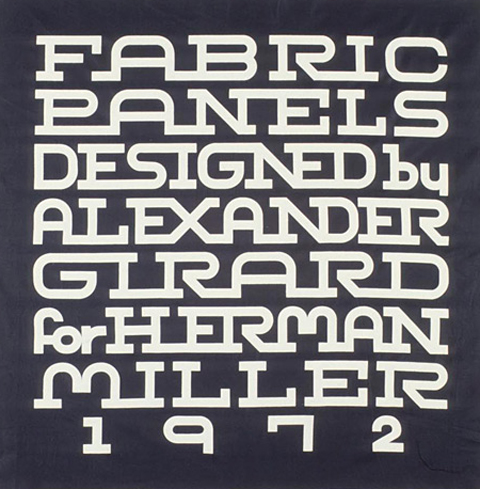Live, before every song John Lydon gargles a mouthful of Bushmills then flamboyantly spits it into a large black trashcan. Male Gaze skronks out of the gate like Flipper doing disco. “Disco Flipper” is a pick-to-click shortcut for a win ’round here. Well played, gents. 45rpm LP, 28 minutes total. Brian Eno said his earliest musical inspration came from hearing the Supremes & Ronettes records broadcasting from US Navy bases. I like to think those scratchy transmissions sounded like U.S. Girls. Welcome Back to Milk by Du Blonde began as a nervous breakdown, explodes like an estrogen fuled roman candle every time it’s played and is the best record of the year. So, then this Sparks/Franz Ferdinand record drops out of the sky like some glamtastic piñata. Bangkok Shocks, Saigon Shakes, Hanoi Rocks. Dream Lover, I know — Oh shit, here comes the sun. A tame impala is medium-sized African antelope. They are diurnal, most active shortly after dawn & before dusk. They use various kinds of unique visual, olfactory and auditory communication, most notably laying scent-trails and giving loud roars. Did you miss the announcement that Helen Marnie of Ladytron self-released a solo album 2 years ago. Me too. She did. It’s aces. Sugar & spice & everything. The emergence – at last – of a new Chills record should be cause for celebration throughout the galaxy. Girls Names win this year’s Martin Hannett Pennant for Reconstituted Post Punk. It’s like french onion soup with me, this stuff — I have barely any critical distance & each spoonful is fucking delicious. Aparrtly the 16 yer old goth girl is still using my noggin as a hostel given my besotted affection for this years darkwave discovery Xmal Deutschland. Recommended to those who think Siouxie sounds better in the original German. I haven’t sown a rock patch onto a jean jacket in over 30 years. 20 small impalements later — Christian Mistress. Hella! Zombi? Zombi.
14 songs, total time 53 minutes. As ever, download the mix here.

